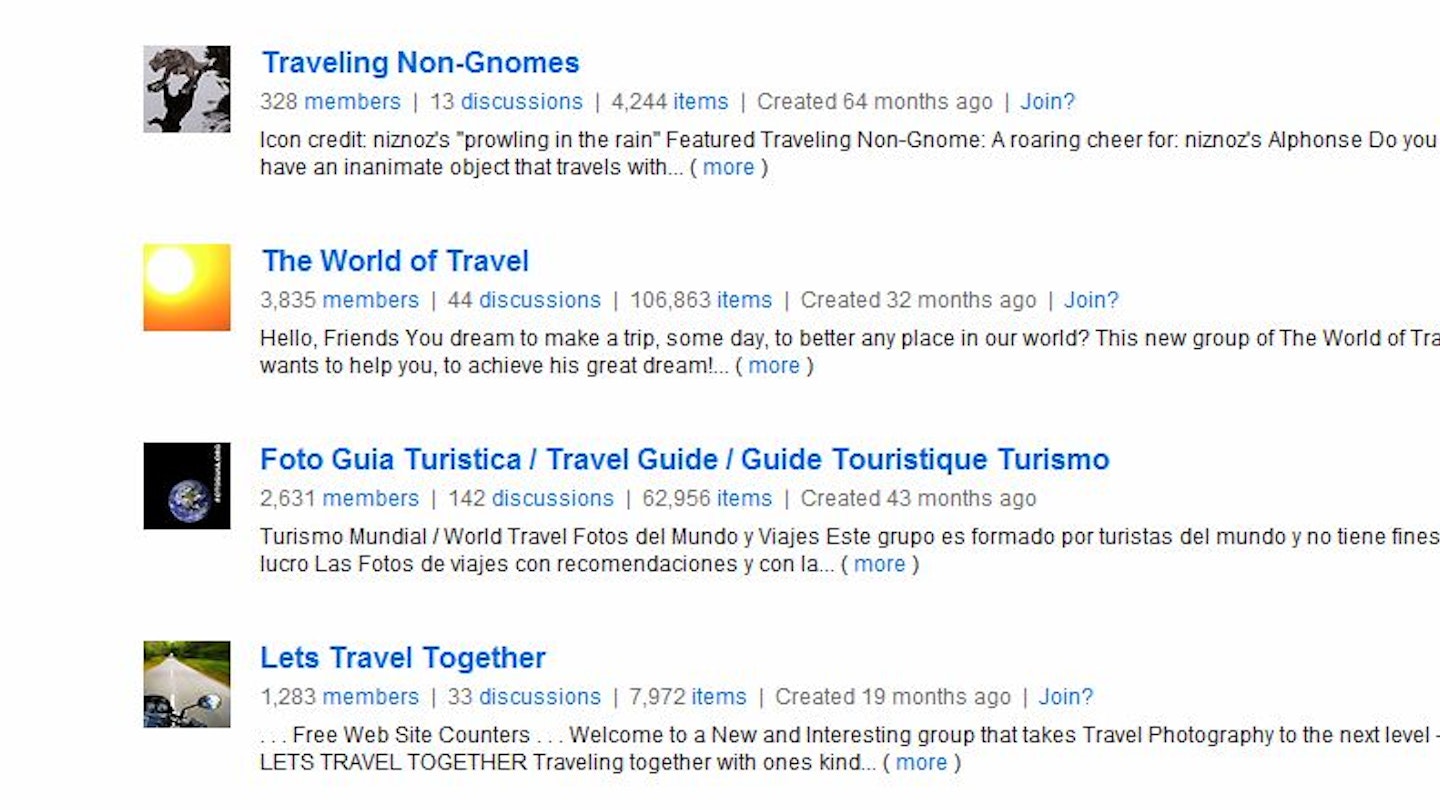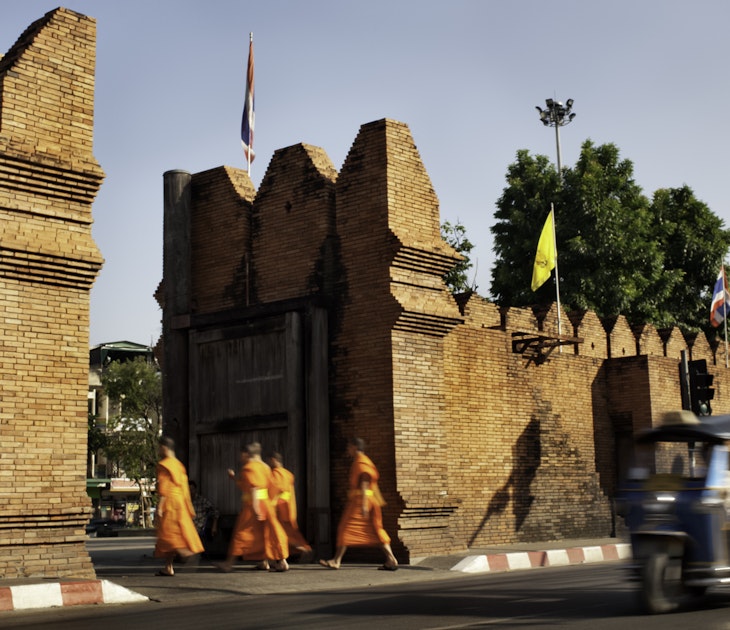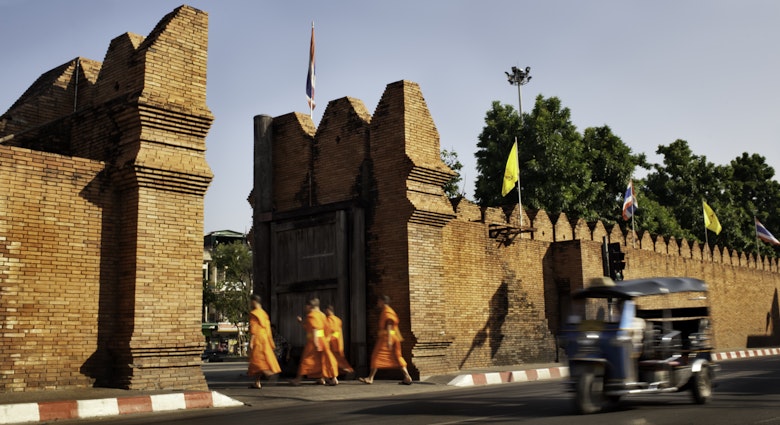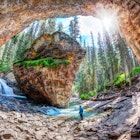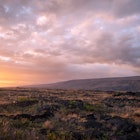Take a digital photo and there's no end to the possibilities of what you can do with it: create an online album to share with family or the world, start a photo blog or even come full circle by using your digital images to create a coffee table book.
Here's a quick look at all the possibilities, proudly brought to you by technology.
How to organise and share your photos online
Online social networking and photo sharing sites are the modern version of the photo album, the whole point being to organise and then share your photos with others. The services are generally free and offer a generous amount of storage space. Some charge for storage above the free quota and for additional premium services.
These sites offer much more than just being places to store digital files and order prints. They give everyone the chance to display their work, engage with a community of fellow picture takers from all over the world, give and receive feedback, find inspiration and join groups, or pools, of people with similar interests.
Flickr’s travel category, for example, has over 10,000 groups. You’ll also find lots of tips and techniques, including video tutorials, equipment reviews and discussion forums. Check out a few, ask friends about their experiences or go online and read what people have to say in the online forums. Check particularly what their policy is on deleting files, as some may delete if an account is left dormant for a long time. You’ll soon find one that suits you.
A screen shot of some of the travel groups on Flickr.
Anyone with a computer and internet access can be invited to look at your photos. You decide who gets to see them through privacy controls. Keep them private, share with family and friends or make them public and let the whole world see what you’re up to. Visitors can leave comments and you can interact with the other site members by browsing their public galleries, commenting, critiquing and inviting comments on your own work.
Numerous online services can help you organise, store, edit, share and print your images, including the following:
www.flickr.com
www.picasa.google.com
www.shutterfly.com
www.pixcetera.com
www.snapfish.com.au
www.fotki.com
www.phanfare.com
www.zenfolio.com
www.pikeo.com
www.snapixel.com
www.kodakgallery.com
www.smugmug.com
www.photo.net
www.mypicturetown.com
www.photobucket.com
www.photoshop.com
www.webshots.com
www.redbubble.com
www.zoomr.com
www.deviantart.com
www.apple.com/mobileme
So how do you choose between them? Most of these sites work in similar ways but there are significant differences; some will offer more functionality than others - more editing capability, more data storage, better sharing possibilities, larger audiences, etc. Here's how to use them:
Uploading and storing images
Install free software on your computer and follow the instructions to upload, or post, photos and video from your computer, via email or from your phone. The amount of free storage offered varies, but 1 GB is enough for storing around 4,000 standard-resolution photos.
Editing possibilities
Many of the services have an image editing application that lets you perform simple enhancements such as removing red eye and cropping as well as adding creative fonts and effects to your pictures.
Organising your photos
A screen shot of sets of photos by a Flickr user
Create albums, collections or sets of images based on destinations, events or themes. You can add keywords and location information to help viewers find them using a search engine.
Blog your photos - share them with the world
The digital space allows anyone with internet access to share their thoughts, photographs, videos, music and anything else that can be digitised. One of the best ways to do this is with a blog.
Blogs can be as simple as a daily diary through to sophisticated multimedia programs, but generally are owned by individuals and updated regularly. The blog quickly became specialised as one form of content became the focus of the blog so photoblogs, also known as fotologs or fotoblogs, feature photographs; video logs, or vlogs, feature video footage. If you’re capturing still or video images on your camera phone you can upload to blog sites from wherever you are and you’ll be blogging on the go, or mobile blogging, sometimes known as moblogging.
How to start a photoblog...
Anyone can create a photoblog and setting up one has been made easy by specialist photo-sharing sites such as fotolog. They provide all the tips, techniques and tools you need to get your blog up and running. Check them out just to see what others are doing. To ensure more people than just your family and friends get to see your efforts, get your blog listed on a directory such as photoblog. Tumblr and Posterous are also good photo-friendly blogging platforms.
Moblogs
One of the great things about capturing images on your mobile phone is that you can share them from wherever you are within seconds of taking them. Sending photos to another phone as a Multimedia Service (MMS) message is just the start of what’s possible. Get yourself a blog or an account with a social networking site and you can go mobile blogging. Upload text, photos and video via email, MMS or SMS to any number of cyberdestinations.
The major mobile-phone companies have established working relationships with the popular networking sites including Flickr, Facebook and MySpace, or they allow access to a personal page on their company blog. Alternatively, you can use a third party site which converts and uploads your content to any of the popular sites or any platform that has mobile posting compatibility. (Lonely Planet travel editor Shawn Low wrote recently about how to blog by email or smartphone - it will even help you get around firewalls in countries like China!)
Vlogs
If you’ve shot some footage on your camcorder, digital camera or mobile phone and you reckon it’s worth sharing with the world, then go vlog. Video blogging, or vlogging, features video clips and are broadcast on the internet. The most popular site for sharing videos is YouTube but there are many more video sharing sites on the internet, including Metacafe, Break, Google Video, Yahoo Video and Stickam. These sites are a good place to start to access information and opinion on vlogging. They also offer the editing tools and other resources to help you create and upload your videos.
How to turn your photos into a book
A screen shot of Blurb's homepage.
Having your name on the front of a hardcover book featuring your own images is the dream of most photographers. It’s still as difficult as ever to get published if you want to see the logo of publishers such as Aperture, Phaidon, Thames and Hudson, Tashen or even Lonely Planet on the spine.
However, it’s now possible to produce single or short-run editions of your own book using custom digital bookmaking services provided by online companies such as Blurb, Lulu, Momento, Asuka and Digital da Vinci. They provide the software, design templates and tools and you provide the images and text. Next thing you know you’ve got your own book being delivered to your door.
This is an excerpt from Lonely Planet's Guide to Travel Photography by Lonely Planet photographer Richard I'Anson.
More great tips for Richard I'Anson in Lonely Planet's Guide to Travel Photography
